Planning a family vacation can feel like a monumental task. From juggling everyone’s interests to navigating budgets and logistics, it’s no wonder many parents feel overwhelmed before they even pack a suitcase. Could artificial intelligence (AI) be the answer to simplifying this process? With a growing number of Ai Travel Planners entering the market, promising to create perfect itineraries in seconds, I, a self-confessed travel planning traditionalist, decided to put them to the test. Like many, I usually rely on guidebooks, travel blogs, and, most importantly, word-of-mouth recommendations from fellow travelers for crafting my family trips. But with around 70% of Americans now embracing AI for travel planning, according to a recent Harris Poll survey, it seemed time to explore if these digital assistants could truly revolutionize how we plan our family adventures. Could an AI travel planner save precious hours of research and offer insights comparable to those from experienced travelers? I approached this experiment with an open mind, eager to discover if AI could become a valuable tool in the family travel planning arsenal.
My Hands-On Experiment with AI Trip-Planning Tools
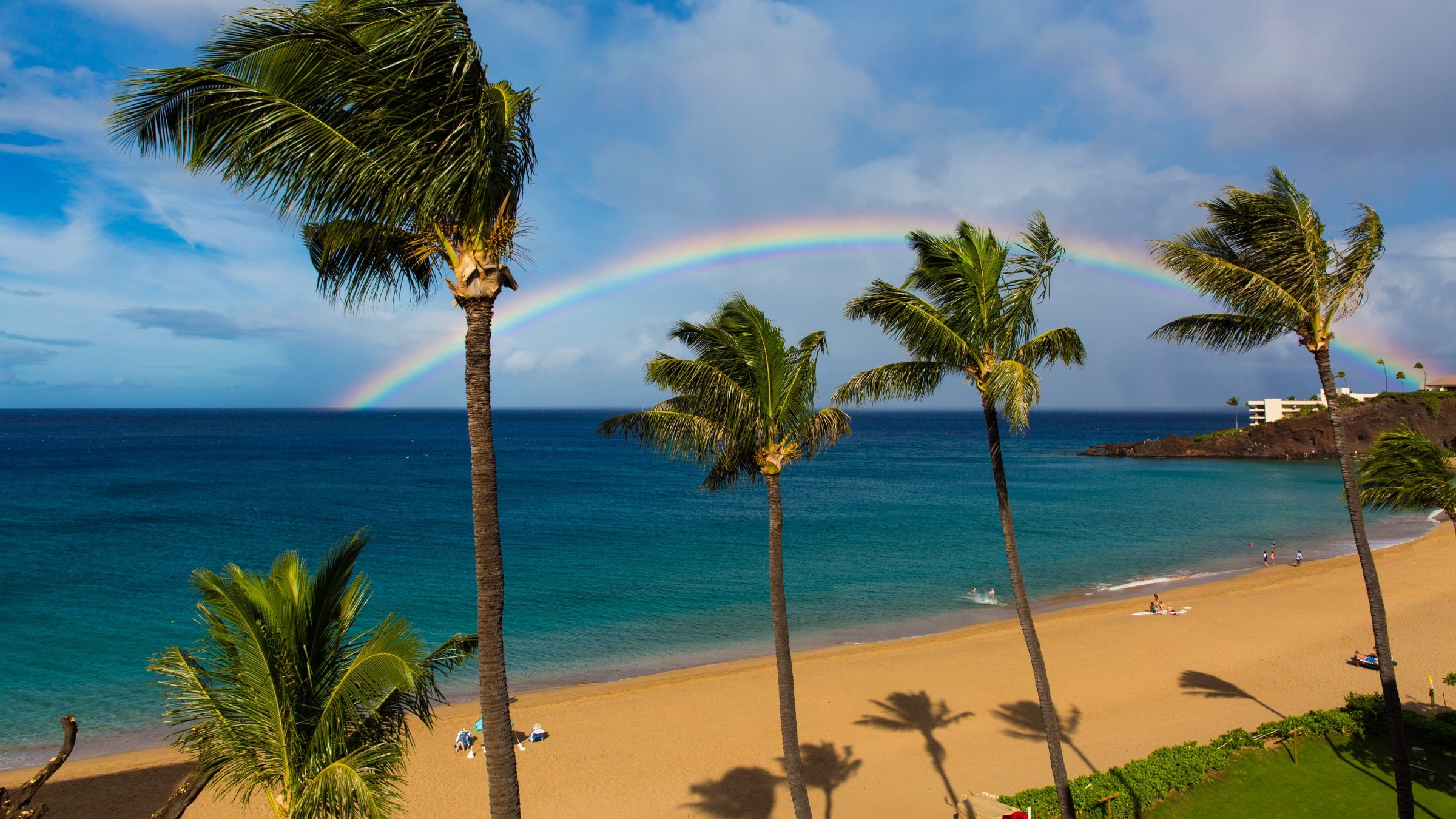 A rainbow above the golden sands of MauiExperiencing Maui firsthand, like Kaanapali Beach pictured, allowed for a practical assessment of AI travel planner accuracy. (Photo: Scotty Robson Photography/Getty)
A rainbow above the golden sands of MauiExperiencing Maui firsthand, like Kaanapali Beach pictured, allowed for a practical assessment of AI travel planner accuracy. (Photo: Scotty Robson Photography/Getty)
To rigorously evaluate these AI tools, I chose Maui, a destination I know intimately as my part-time home, as the testing ground. My focus was on West Maui, specifically to see if the AI would appropriately guide travelers considering the ongoing recovery of Lahaina following the devastating 2023 wildfires. While some areas of Lahaina remained closed during my test in mid-August, many businesses and restaurants had reopened, and local tourism authorities were encouraging respectful visitation. This context was crucial for testing the AI’s awareness of current travel realities.
I experimented with four freely available AI travel planning tools. Even for someone less tech-inclined, like myself, they proved remarkably user-friendly. For most, I simply input my family vacation criteria: a week-long solo trip to West Maui in October, seeking ocean sports, cultural experiences, delicious food, and enjoyable hikes. Almost instantly, each tool generated a comprehensive itinerary. Further refining my queries, such as asking for recommendations for family-friendly food trucks, allowed me to fine-tune the proposed plans.
Some AI platforms initiated the process with a series of quiz-style questions, which could be particularly helpful for families seeking travel inspiration or unsure where to begin. These detailed questionnaires probed for destination preferences, travel dates, travel companions, budget ranges, interests (beaches, historical sites, kid-friendly activities), and travel style (from adventurous to relaxed). The more specific the input, the more tailored and robust the resulting itinerary.
The outcomes from these AI trip-planning tools varied considerably, ranging from inaccurate and sometimes comical suggestions to partially helpful but outdated information. None delivered a flawlessly planned family trip. All exhibited what AI users term “hallucinations”—fabricated facts generated when the technology lacks a definitive answer. However, one tool emerged as notably more reliable and user-centric than the others.
Here’s a ranking of the AI trip-planning tools I tested, from least to most impressive, highlighting their strengths and weaknesses for family travel planning.
Ranking the AI Travel Planners: From Least to Most Helpful for Families
⭐ Layla: This AI offered the most bewilderingly inaccurate results. Presenting prompts like “Inspire me where to go” and “build me an itinerary,” I chose the latter for West Maui. The response began cheerfully with “Ah, Hawaii! Aloha vibes all the way,” before generating a seven-day itinerary for the entirely different Caribbean region! Day one, for instance, suggested visiting the Blue Hole in Belize, followed by an afternoon of sunbathing on Seven Mile Beach in the Cayman Islands – geographically impossible in a single day. When questioned about this, a Layla spokesperson acknowledged that current AI models are susceptible to these kinds of “hallucinations,” making it unreliable for accurate family travel planning.
⭐⭐ Wonderplan: While Wonderplan began with a helpful questionnaire to understand preferences, it lacked the crucial ability to specify a focus on West Maui. Instead, it produced a generic, island-wide itinerary, highlighting Maui’s most popular tourist attractions, such as Haleakala National Park and Wailea Beach. While these are beautiful family destinations, the itinerary failed to consider crowd management, a key factor for family travel. Day one was entirely dedicated to Lahaina, completely omitting any mention of the recent wildfires and their impact, crucial information for responsible family travel. Accommodation suggestions were also impractical, located nearly an hour’s drive from the recommended sites. Clicking on specific recommendations, like Lahaina Harbor, redirected to Viator, a tour and activity marketplace, offering generic island-wide tours unsuitable for targeted family exploration.
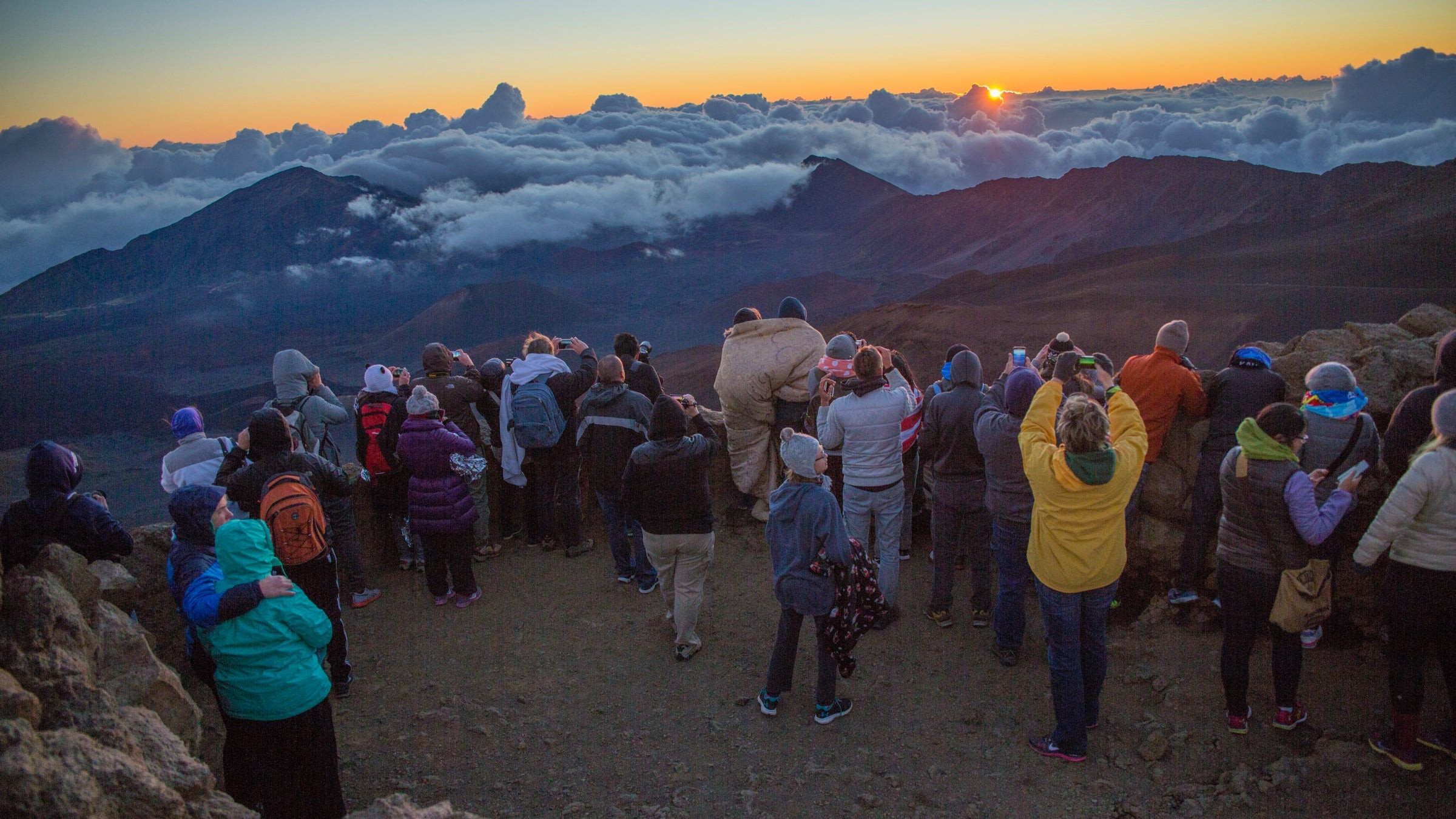 A crowd of people wearing jackets, some bundled in sleeping bags, watch the sunrise from atop MauiExperiencing the Haleakala sunrise is a Maui highlight, yet AI tools often suggest popular spots without considering family-friendly timing or crowds. (Photo: Dukas/Getty)
A crowd of people wearing jackets, some bundled in sleeping bags, watch the sunrise from atop MauiExperiencing the Haleakala sunrise is a Maui highlight, yet AI tools often suggest popular spots without considering family-friendly timing or crowds. (Photo: Dukas/Getty)
⭐⭐⭐ Mindtrip: Mindtrip features a user-friendly interface, integrating maps and reviews for cross-referencing suggestions, a valuable feature for family trip research. It presents plans as printable itineraries or in calendar format, easily shareable with family members. Prompted with “Where to today?”, I initially requested a week-long Maui vacation. Within moments, it provided lists of attractions, activities, hotels, and restaurants – including the Lahaina Grill, which was temporarily closed at the time, losing points for outdated information. Refining my request to West Maui, the response stated: “Unfortunately, due to the heavy damage from the fire in 2023, there are currently no tourist services operating in Lahaina,” which was factually incorrect. The Royal Lahaina resort and several businesses, like Maui Ku’ia Estate Chocolate, had already reopened. Mindtrip’s spokesperson, Michelle Denogean, admitted this aspect needed updating, explaining that recommendations are based on a combination of ChatGPT and their proprietary database of over 6.5 million frequently updated places. While they continuously update information, the Lahaina situation highlighted a delay in reflecting real-time changes, which is critical for family travel planning where up-to-date information is paramount.
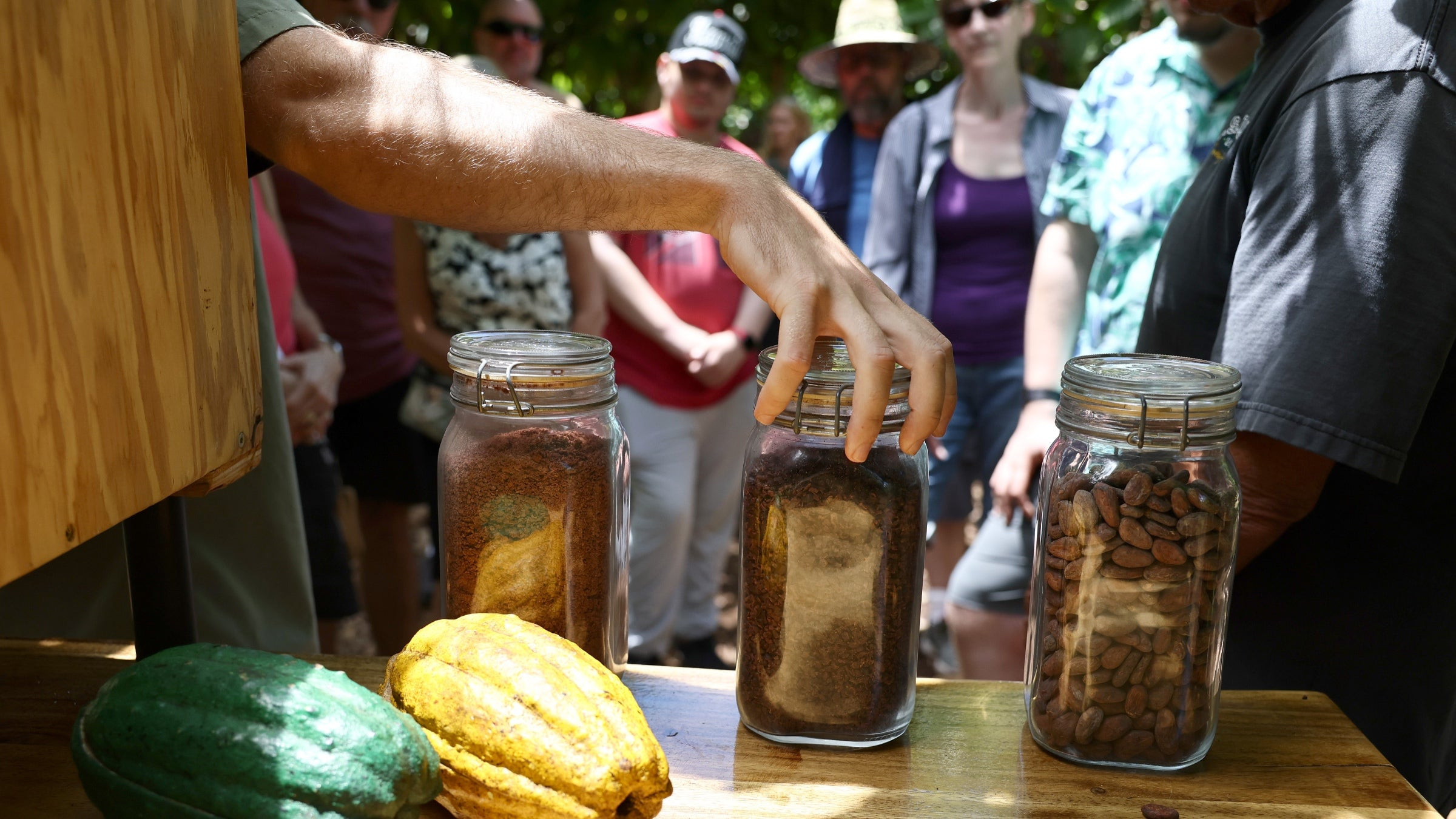 A group gathers in front of a table showing cacao pods and various forms of cacao at Maui Ku’ia EstateMaui Ku’ia Estate’s reopened cacao farm tours demonstrate the importance of updated information for AI travel planners. (Photo: Mario Tama/Getty)
A group gathers in front of a table showing cacao pods and various forms of cacao at Maui Ku’ia EstateMaui Ku’ia Estate’s reopened cacao farm tours demonstrate the importance of updated information for AI travel planners. (Photo: Mario Tama/Getty)
⭐⭐⭐⭐ GuideGeek: GuideGeek, a chatbot from Matador Network, accessible via Facebook, Instagram, and WhatsApp, stood out as the most helpful and intuitive. Its messaging-based interface is convenient for on-the-go family planning, allowing for easy follow-up questions and itinerary adjustments. Leveraging content from Matador’s extensive library of over 130,000 articles, GuideGeek offered more relevant and nuanced suggestions. Matador founder Ross Borden shared that GuideGeek’s accuracy has improved significantly since its launch in spring 2023, now boasting 98% accuracy due to continuous human oversight and user feedback mechanisms. While GuideGeek initially produced a general Maui itinerary with popular spots like Turtle Town and the Road to Hana, many of its recommendations, particularly for tour operators, were highly relevant for families. It even included newer family-friendly options like the Mangolani Inn in Paia. Booking links were conveniently provided, along with practical tips like “Heads up bring cash as there isn’t an ATM in this area,” demonstrating attention to detail valuable for family travelers. However, similar to Mindtrip, GuideGeek’s information regarding Lahaina’s reopening was not completely current. When asked about cultural activities in West Maui, it suggested the Baldwin Home Museum and Lahaina Heritage Museum, both unfortunately destroyed in the wildfires. Borden acknowledged the need for constant updates, relying on user input and collaborations with tourism boards to maintain accuracy, crucial for providing reliable family travel advice. Lei-Ann Field from the Hawaii Visitors and Convention Bureau, while not partnered with GuideGeek, reviewed a sample itinerary and noted its general quality but pointed out missing nuances like recommending guided tours for the Road to Hana and essential online reservations for Haleakala sunrise – aspects important for family travel logistics and safety.
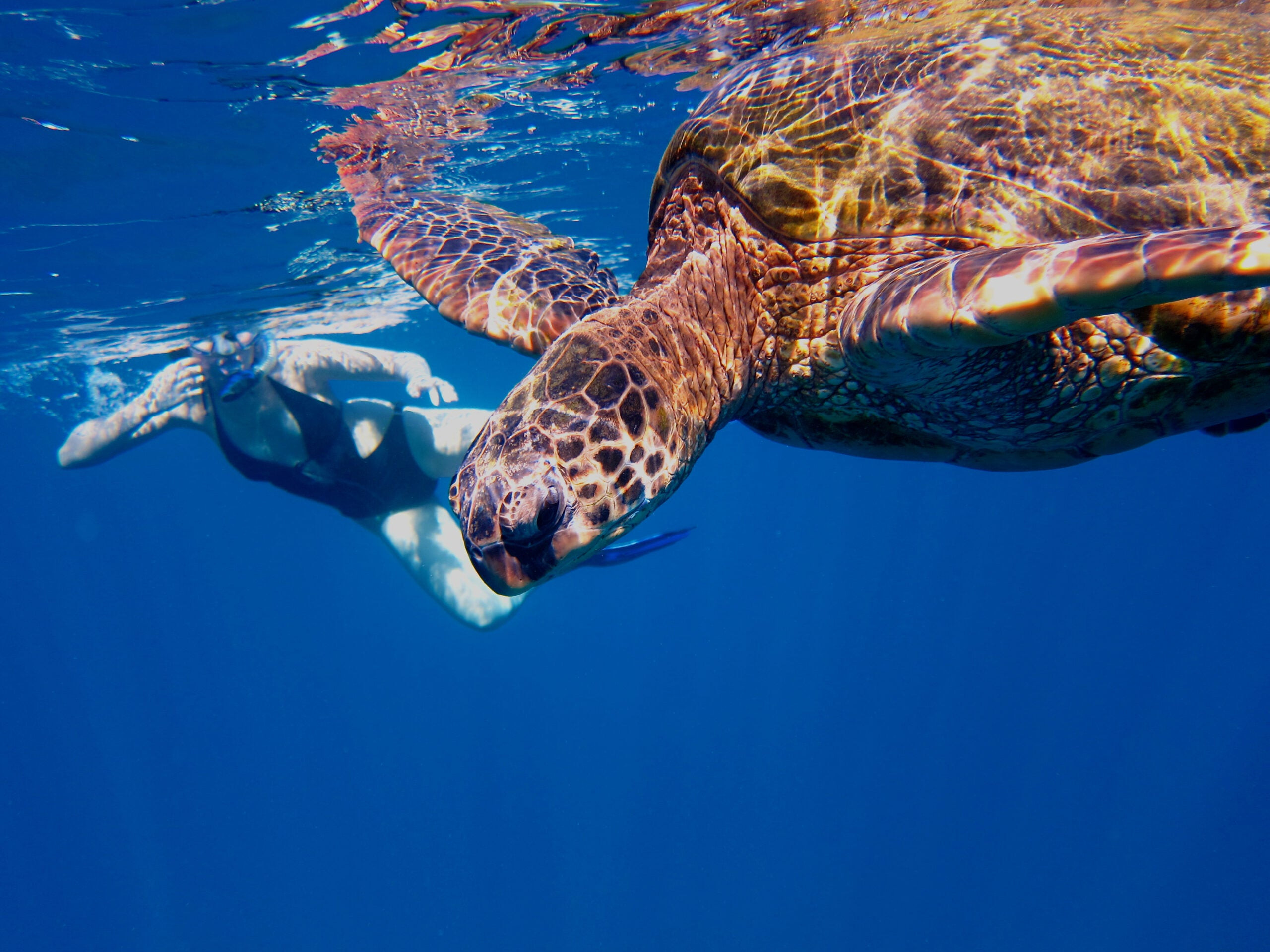 A woman swims close to a large green turtle.Snorkeling at Turtle Town is a popular family activity, but AI tools often miss crucial cultural and environmental considerations. (Photo: Monkeypics/Getty)
A woman swims close to a large green turtle.Snorkeling at Turtle Town is a popular family activity, but AI tools often miss crucial cultural and environmental considerations. (Photo: Monkeypics/Getty)
Will AI Travel Planners Become a Part of My Family Trip Planning?
My experiment revealed that AI travel planners offer impressive speed and ease of use. The key takeaway for families is that the more specific and detailed your requests, the more tailored and helpful the AI’s responses will be. They serve as a valuable starting point, providing a destination overview and a basic itinerary outline much faster than traditional research methods. This initial framework can then be customized and enhanced with further research and personal touches.
However, several limitations emerged, particularly relevant for family travel. The tendency of AI tools to recommend the same mainstream attractions raises concerns about exacerbating overtourism, impacting the very destinations families seek to enjoy. The personal element is also noticeably absent. For instance, a human travel advisor planning a family trip to Maui might suggest lunch instead of dinner at the popular Mama’s Fish House for better reservation availability, advise against the potentially risky downhill Haleakala bike ride for families with younger children, recommend an overnight stay in Hana to truly experience the Road to Hana with kids, and emphasize engaging with local culture and respecting environmental sensitivities – nuances often missed by current AI iterations.
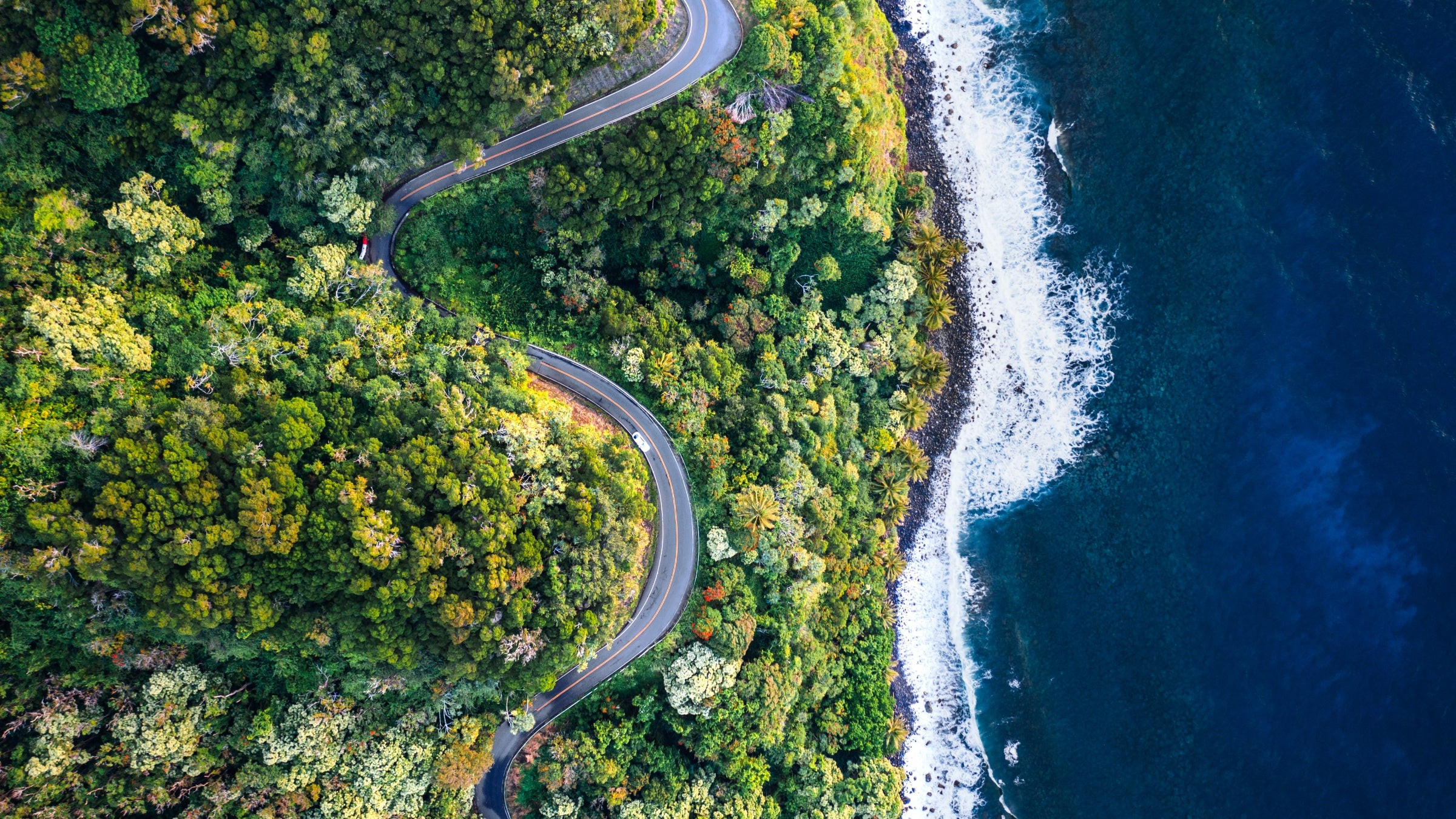 Aerial view of the S-shaped Road to Hana, Maui.The Road to Hana’s winding roads and numerous bridges are details AI tools may overlook when planning family-friendly routes. (Photo: Matteo Colombo/Getty)
Aerial view of the S-shaped Road to Hana, Maui.The Road to Hana’s winding roads and numerous bridges are details AI tools may overlook when planning family-friendly routes. (Photo: Matteo Colombo/Getty)
Jack Ezon, founder of Embark Beyond travel agency, believes AI will become an increasingly powerful tool for travel professionals. “Even in its infancy,” he notes, “AI can create itineraries that are about 80 percent of what a true expert can create in just seconds. Soon it will refine its ability to suggest the ideal accommodations and experiences for each family.” He envisions AI as augmenting human expertise, not replacing it, enabling travel agents to provide even more personalized advice. Embark Beyond has already launched an AI-powered tool for advisors, analyzing market trends and client preferences to offer tailored recommendations.
For my own family travel planning, I see AI travel planners as a potential starting point, especially for initial explorations of popular destinations like Orlando, London, or even national parks. If we’re aiming for the must-see family attractions, AI can provide a quick framework. However, for those unique, off-the-beaten-path family experiences – discovering hidden local gems, finding that perfect family-run restaurant – I remain unconvinced that AI can yet replicate the insight of human recommendations. For now, I’ll likely continue to blend traditional word-of-mouth planning with cautious exploration of AI tools, always prioritizing the personalized touch that makes family travel so special.
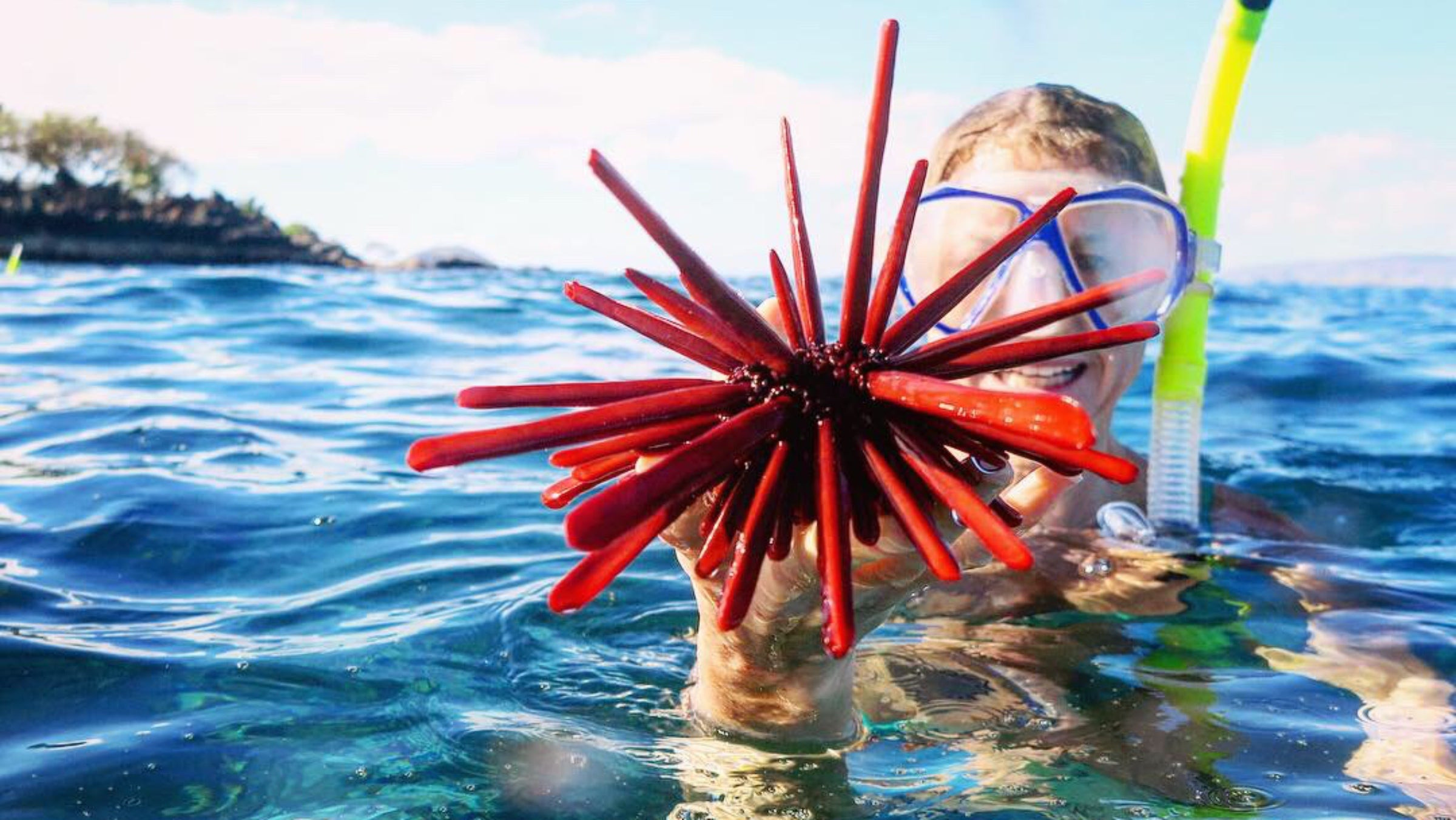 The author in the ocean just off Maui, holding a red starfish in one hand.Exploring Maui’s underwater treasures reminds us that some travel experiences are best discovered with a personal touch. (Photo: Courtesy Jen Murphy)
The author in the ocean just off Maui, holding a red starfish in one hand.Exploring Maui’s underwater treasures reminds us that some travel experiences are best discovered with a personal touch. (Photo: Courtesy Jen Murphy)
Jen Murphy is Outside Online’s travel advice columnist.
